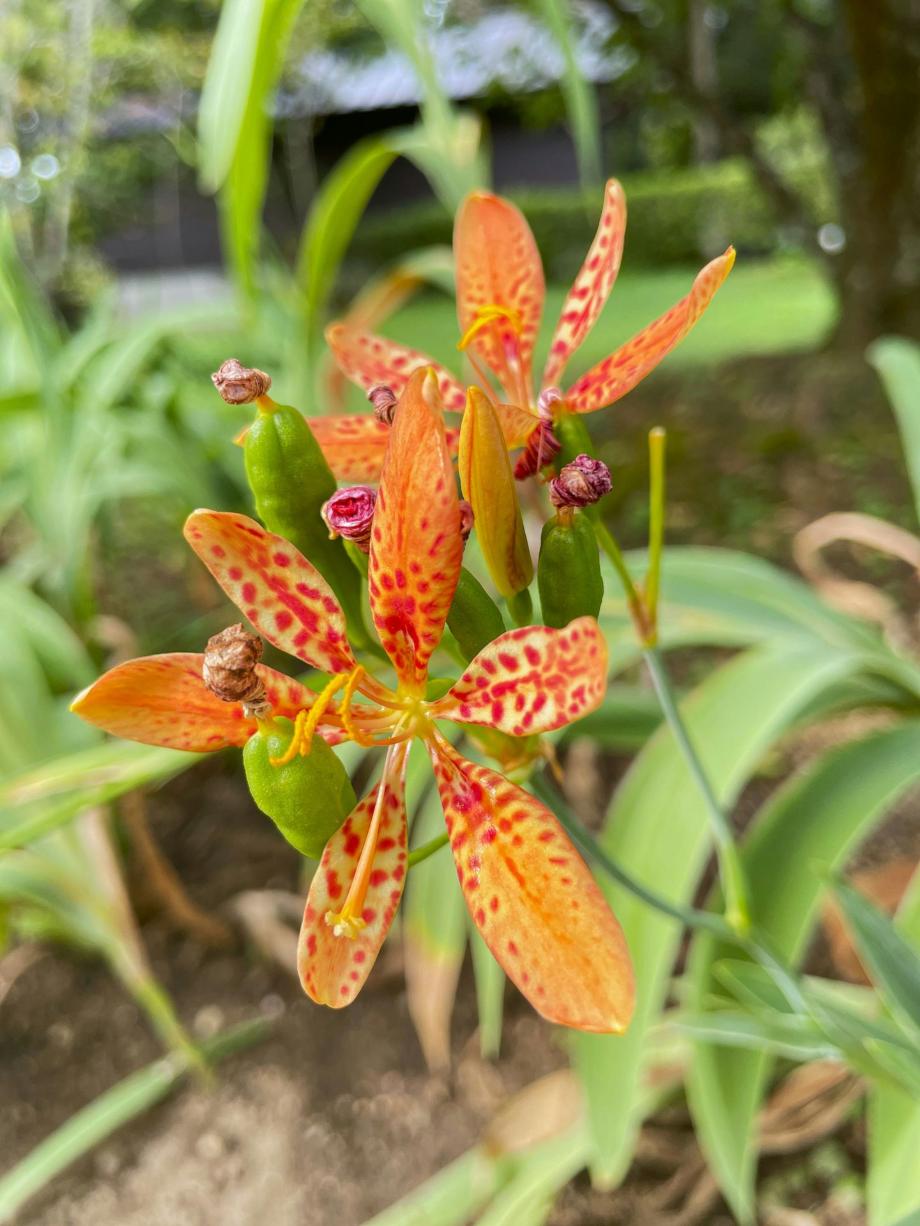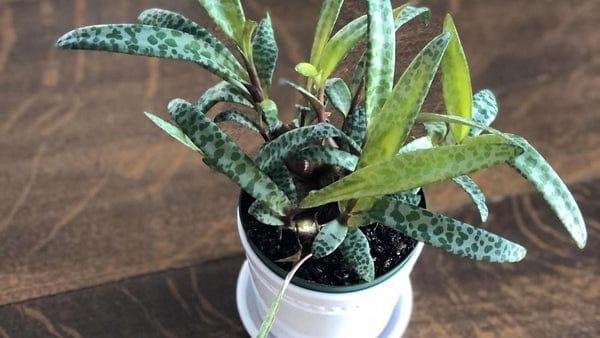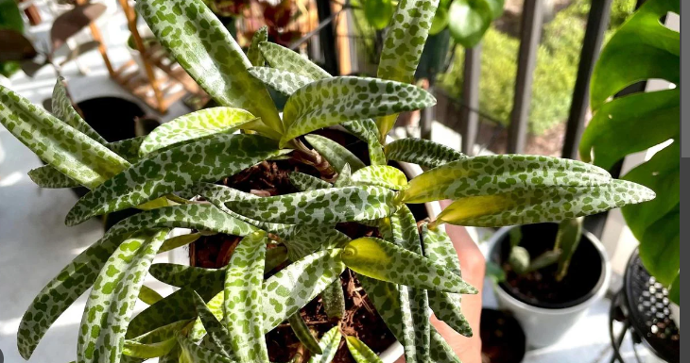Leopard Lily Plant
Leopard Lily (Lilium pardalinum) is a bulb growing 2-4 feet tall, hardy in USDA zones 4-9, with moderate growth in well-drained, rich soil, requiring full sun and medium moisture, and it is neither edible nor medicinal.

Habit
Bulb
Height
0.3 to 0.6 m
Growth
Moderate
Soil
Well-drained, Sandy
Shade
Full sun
Moisture
Medium
Edible
No
Medicinal
No
Origin
South Africa
Climatic Condition
Subtropical, Arid
Temperature (°)
18°C to 28°C
Humidity (%)
40% to 60%
Potting media
60% Sand, 30% Loam, 10% Organic Matter
Fertilizers
Balanced Fertilizers
Watering
Minimal watering
Plant Weight
0.3 to 0.5 kg
Flowering Time
Spring to Summer
Soil Ph level
6.0 to 7.0
Water Ph level
6.0 to 6.5
Soil EC
0.4 to 0.7 mS/cm
Yield Per Plant
1 to 2 kg per plant
NPK ratio
5:10:10
life Span
5 to 8 years
Health Benefits
Ornamental, Air-purifying
Suggested Grow Media or Potting Mix ?
50% loamy soil, 30% compost, 20% sand
Suggested Fertigation/Fertilizers
Fertilize every 4 weeks with a balanced fertilizer.
Common Diseases and Remedies
Leaf Spot, Root Rot, Spider Mites, Aphids, Mealybugs.
Brown or black spots on leaves Wilting, yellowing leaves Tiny webs, speckled leaves Yellowing, distorted leaves White cottony masses on leaves
Prune affected leaves, neem oil spray Improve drainage, reduce watering Increase humidity, neem oil Insecticidal soap, neem oil Wipe with alcohol, neem oil
Copper-based fungicides, Fungicides containing metalaxyl, Miticides containing abamectin.
HEALTH BENEFITS
Used in traditional Chinese medicine for throat infections and inflammation.

